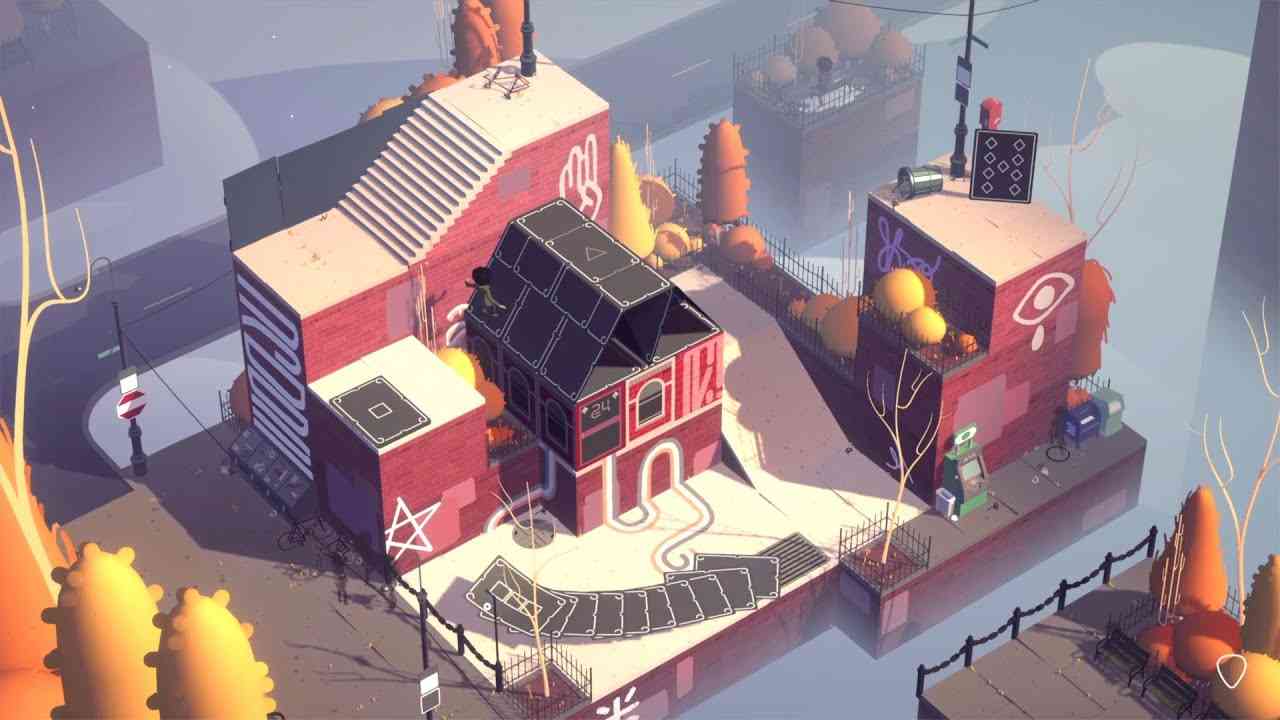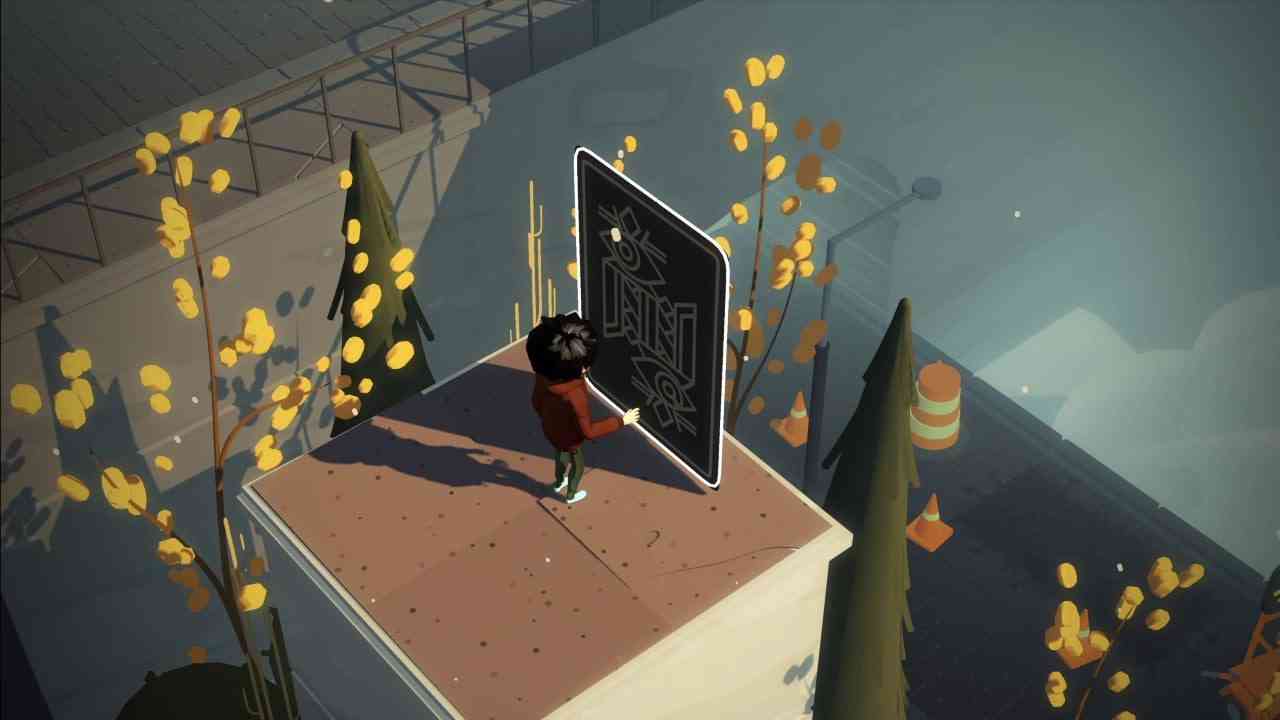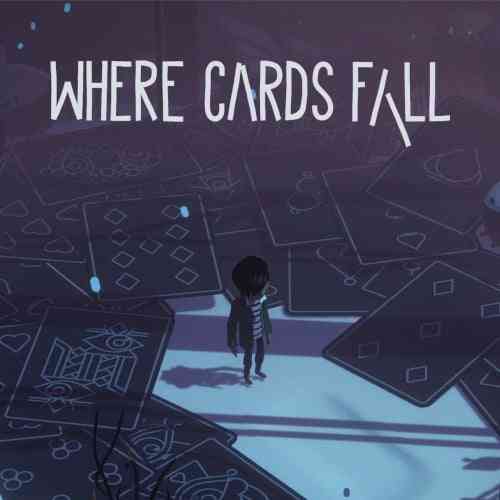Where Cards Fall Review
Originally released in 2019 on the Apple Arcade, Where Cards Fall has now shuffled its way to the Nintendo Switch and PC. Combining a unique puzzle mechanic with a heartfelt story, will this house of cards stand firm or collapse?
Presented as brief memories, Where Cards Fall aims to tell a relatable coming of age story. Following a young protagonist, you will encounter snippets of his life after completing a puzzle. These segments, whilst mundane, give a real insight into the character’s lifestyle and his journey to becoming an adult, however, the placement of these hinders the pacing of the game. Although the narrative is cohesive, its subtle and stand-offish delivery is at the detriment of engagement. Due to this, you may find yourself overlooking the tale and solely focusing on the puzzles.
Roaming The Rooftops
Each puzzle requires you to navigate through a small area using cards that expand into all manner of buildings. Decks include symbols that represent the type of building that will spawn upon placement. Some have pointed roofs, while others may be multi-story apartment blocks. These alter in terms of design, depending on the size of the area you select when laying the cards. As a result, you will be required to experiment in order to complete the satisfying conundrums that you encounter. Although the game periodically introduces new mechanics such as gusts of wind that knock down the parts of your structure, the scale of puzzles throughout remains relatively small. I would have liked to have seen levels grow in terms of complexity for its final few puzzles, however, that’s not the case and instead, the game relies on the successes of earlier elements.

You are tasked with controlling both the young protagonist and the cards which act as a bridge between platforms. The movement of the child is quite rigid, lacking the fluidity that you may be accustomed to. I did experience some issues with maneuvering as he would often wander off on his own, fighting my efforts to get him back on track. You can also jump from building to building, providing they are at the same height. This can be quite troublesome to identify due to the fixed isometric view which can skew the angle. There is the option to slightly veer to each side but this makes next to no difference when trying to decipher the distance.
The cards oppose the protagonist’s movement as they snake around the environment with ease. Whilst the controls take some getting used to, getting around and building structures is a simple task. Selecting the correct deck, however, is another story. With the right analog, you can flick through the cards on the surface. Controlled decks are subtly signaled via a curl on the corner of the card or by the building looking slightly squeezed. Although this is visually appealing, it is difficult to determine which you are controlling. In addition, you may find yourself endlessly cycling through the cards trying to pick the right deck as often it will skip those that are moderately obscured.
Simple, Stylish and Serene
There’s a beautiful calming aura that permeates throughout Where Cards Fall. Each diorama has a dreamlike quality, possessing a simplistic design to capture the environment. Stages are themed with the surroundings successfully anchoring the narrative. The almost therapeutic score is beautifully implemented to create a delightful and cozy atmosphere. Ambiance resonates throughout giving the sense that this is a slice of a wider, larger world. With no dialogue, the music also helps to convey emotion which it does effortlessly. The melancholic nature of the game is communicated effectively due to the delicious combination of audio and visual design.

Where Cards Fall is a lovely puzzler that fails to capitalize on its innovative premise. While The Game Band nails the design, the gameplay experience is hindered by fiddly controls that mar the experience. Puzzles are enjoyable offering a suitable level of challenge but fail to deliver any truly memorable moments. Although the developer’s desire to tell a sympathetic narrative is clear, its delivery lacks the nuances required to engage the audience. Even though there’s an ace somewhere in the hole, several issues leave the game in the lurch.
*** A Nintendo Switch key provided by the publisher ***
The Good
• Innovative Puzzle Mechanics
• Lovely Visuals
• Excellent Sound Design
The Bad
• Fiddly Controls
• Ploddy Pacing
• Dull Narrative

